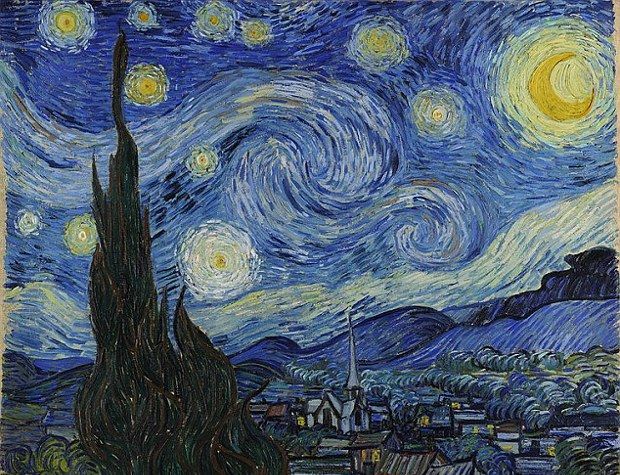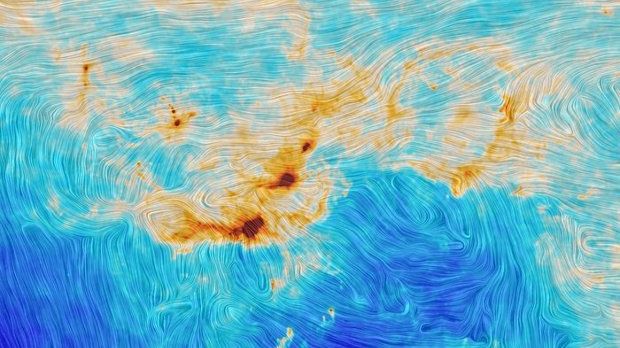This past Monday, astronomers with the European Space Agency introduced us to a positively stunning view of a stellar nursery well over 1,000 light-years away from our home planet.
The image in question, put together using data provided by the space agency's Planck satellite and available next to this article, reveals the anatomy of the Orion Molecular Cloud.
This cosmic structure, described by astronomers as a complex agglomeration of bright nebulae, young stars and dark clouds, sits in the Orion Constellation. Hence its moniker.
There's a lot of commotion happening in this corner of the universe
To the inexperienced observer, this view might make the Orion Molecular Cloud appear as a tranquil and serene place. Leave it to astronomers to enlighten us.
“With blue hues suggestive of marine paradises and a texture evoking the tranquil flow of sea waves, this image might make us daydream of sandy beaches and exotic holiday destinations.”
“Instead, the subject of the scene is intense and powerful, because it depicts the formation of stars in the turbulent billows of gas and dust of the Orion Molecular Cloud,” reads the image’s description.
In this view of the Orion Molecular Cloud and its adjacent regions, the color blue marks areas where there is very little cosmic dust, astronomers explain.
The yellow and red areas show hot areas that pack insane amounts of gas and dust and that are now busy forming young stars. As for the differences in texture, they illustrate magnetic fields.
The image bears a striking resemblance to Van Gogh's Starry Night
If this view of the Orion Molecular Cloud seems familiar, chances are this is because the image bears a striking resemblance to Van Gogh's Starry Night.
The painting, pictured below, was created by the Dutch painter between June 16-18, 1889, and is said to show the view out an asylum window.
Interestingly, a recent book authored by artist Michael Benson argues that, rather than a night sky, Van Gogh's Starry Night was actually inspired by science.
More precisely, Michael Benson's Cosmigraphics proposes that this one painting by Van Gogh shows galaxies in the cosmos and was created based on recent findings in the field of astronomy.

 14 DAY TRIAL //
14 DAY TRIAL // 

